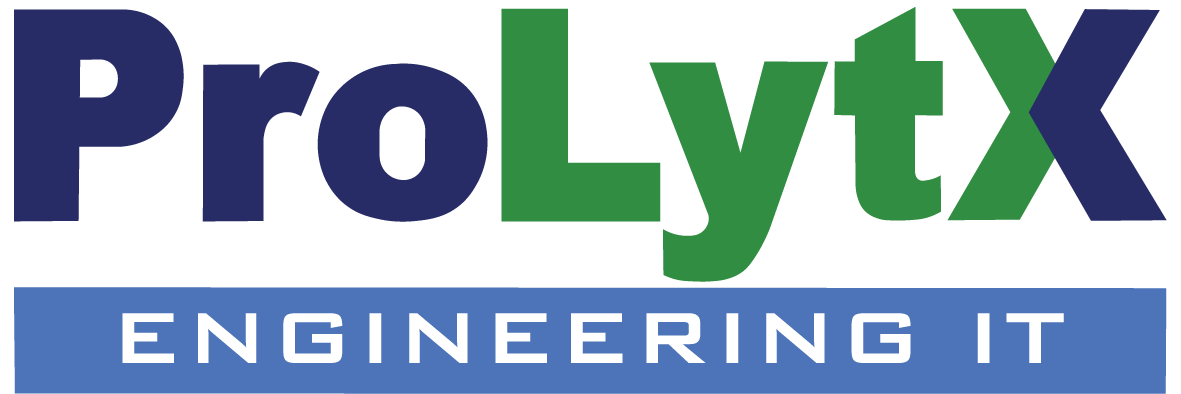The ProLytX Blog: Innovation in Action
Stay ahead of the curve with insights from the ProLytX team. Our blog covers real-world challenges, practical solutions, and the evolving technologies shaping the future of industrial operations.
The Hidden Cost of Poor Data Governance in Engineering Projects
It all begins with an idea.
Engineering Conversations that Matter.
Join the ProLytX team and industry experts as we dive into the challenges and innovations shaping engineering and industrial operations. From digital transformation to functional safety, we explore what’s working—and what’s next.






